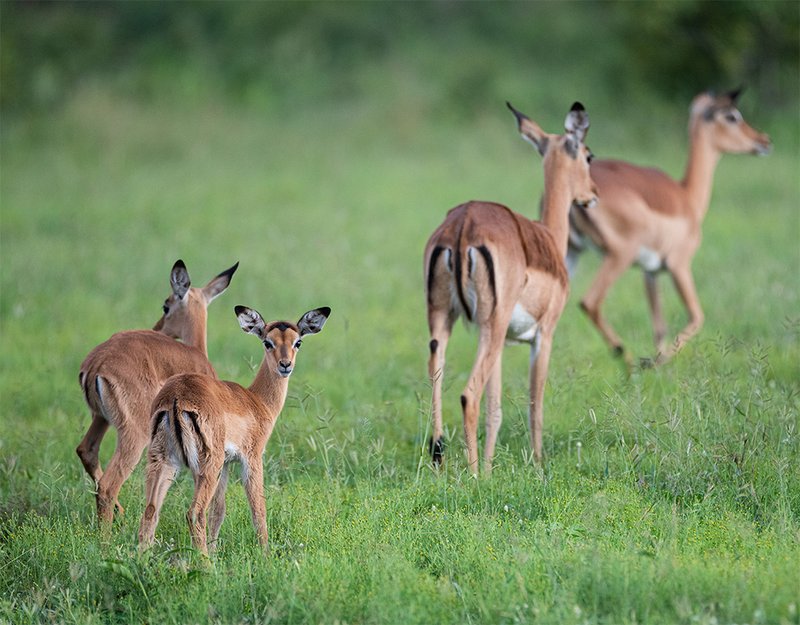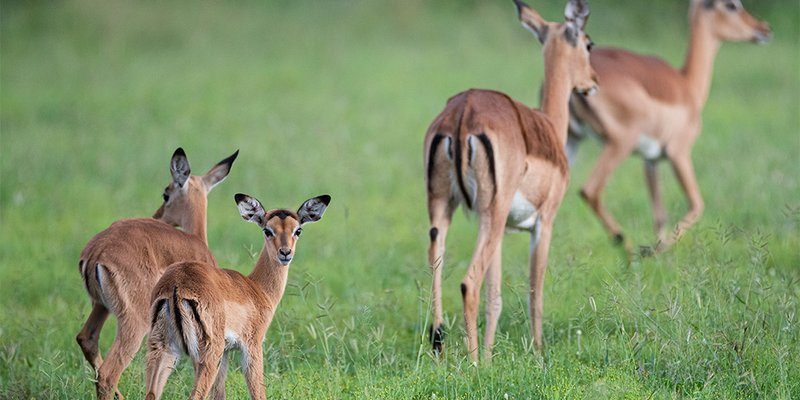
Think about the Impala as a master of camouflage in the wild. Just like how we often assume a quiet place is empty until we find a hidden gem, many people have misconceptions about the Impala’s habits and lifestyles. If you’ve ever wondered why these animals seem to be everywhere yet know so little about them, you’re not alone. Let’s explore some common myths and see what’s really true about these beautiful antelopes.
The Impala is Just Another Type of Antelope
You might be surprised to learn that while the Impala is indeed an antelope, it’s unique in many ways. For starters, Impalas (Aepyceros melampus) are often confused with other antelope species because of their similar appearance. They share some physical traits, like slender bodies and long legs, but what sets them apart is their incredible adaptability.
These animals are designed for grace and speed, capable of running up to 50 miles per hour. That’s like a car zooming down the highway! The Impala’s ability to leap over obstacles, sometimes soaring up to ten feet in the air, is also pretty impressive. So, while they may share the antelope family tree, the Impala has a charm all its own.
Impala Only Live in Groups
Another common misconception is that all Impalas live in large herds at all times. While it’s true that they often band together for safety, Impalas exhibit a range of social behaviors. Sometimes, you’ll see a whole herd grazing peacefully. But other times, you might spot a lone male or a small group of females wandering away from the main herd.
This behavior can be likened to a group of friends at a party. Some enjoy being in the crowd, while others prefer a quiet conversation in a corner. Impala social structures can vary based on factors like food availability or mating season. Dominant males will establish territories and might spend time away from the group to protect their claim, showing that they’re more than just a social animal.
Impala are Not Affected by Seasonal Changes
Many believe that Impalas are unaffected by the changing seasons. However, this is far from the truth! Impalas are incredibly sensitive to their environment. When the dry season sets in, their diet shifts. They adapt their feeding habits to seek out the greenest grass, which is more nutritious.
During tough times, when water is scarce, Impalas can be resourceful. They often move to areas with more available resources, showcasing their impressive survival skills. Just as we tend to change our habits when winter rolls around, Impalas do the same to thrive and stay healthy throughout the year.
All Impalas Are the Same
Next, let’s tackle the idea that all Impalas are identical. In reality, there are two main types of Impalas: the common Impala and the black-faced Impala. The differences may seem subtle, but they’re significant. The black-faced Impala, for instance, has a darker face and a slightly different habitat preference.
If you’re an animal enthusiast or just someone curious about wildlife, you might find it fascinating to learn how these variations influence their survival strategies. Different habitats mean different challenges, which can lead to variations in behavior. Think of it like how different people from various regions adapt to their environment—nature works in similar ways!
Impala are Easy Prey and Have No Defense Mechanisms
Some people think of the Impala as sitting ducks, vulnerable and without defenses. That couldn’t be further from the truth. While it’s true that they’re prey for many predators, including lions and hyenas, Impalas possess impressive evasive tactics.
Their agility and speed are their best defenses. They can quickly change direction and outrun many predators. Additionally, they have an incredible sense of hearing and excellent eyesight, giving them a heads-up when danger is near. This is very much like a game of tag—being fast and alert makes all the difference!
Impala Are Only Found in Africa
Finally, there’s a notion that Impalas are exclusively found in Africa. While the common Impala is native to various regions in Eastern and Southern Africa, it’s worth mentioning that they are sometimes found in wildlife reserves and parks outside their native range.
Keeping this in mind can help broaden your understanding of these animals. They thrive in open savannas and woodlands, but they can adapt to various habitats, much like how some people move to different cities for better opportunities.
When it comes to the Impala, it’s clear that there are plenty of myths in circulation. From their distinctive characteristics to their social behaviors, understanding these truths helps us appreciate them more fully. Just like a good book, there’s a lot more beneath the surface than you might initially see.
By shedding light on these common misconceptions, you can gain a deeper appreciation for these remarkable creatures. So next time you hear someone talking about Impalas, you can share some of these insights and become a part of the conversation. After all, fostering knowledge about wildlife is a step toward conservation and respect for nature.

